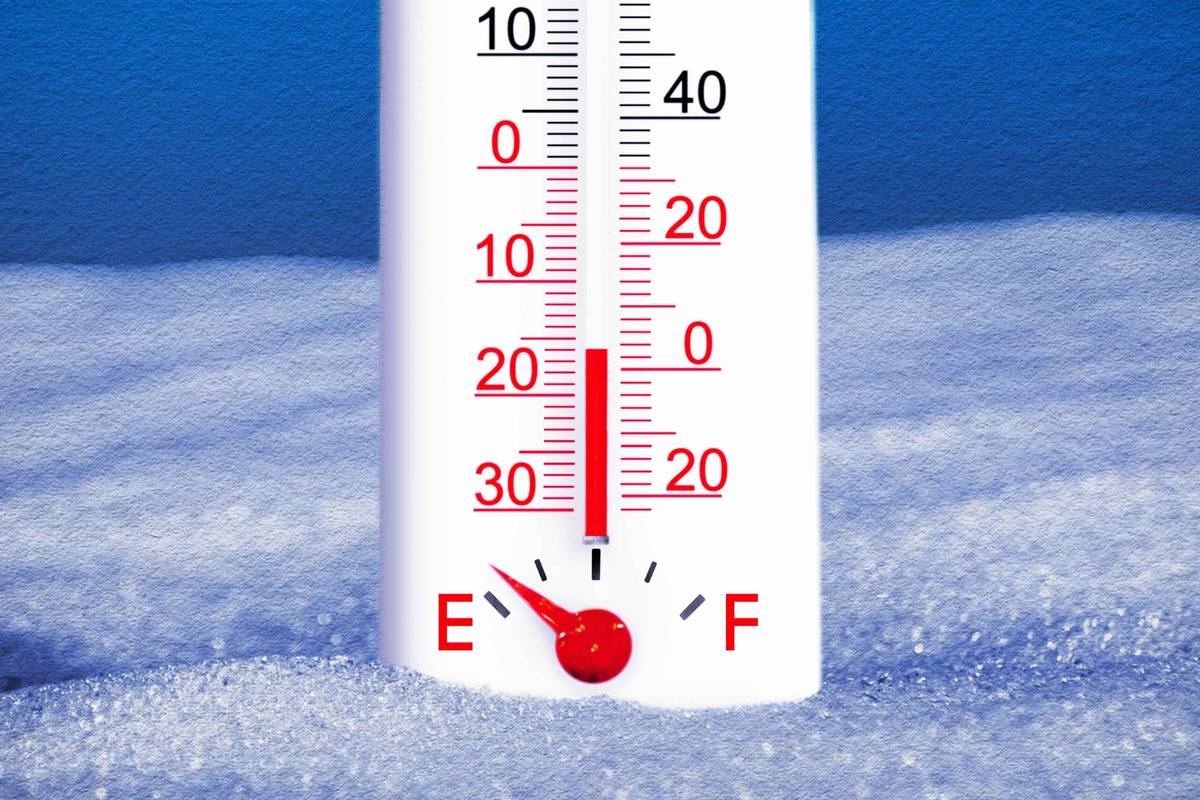Do Cars Have Trouble Starting In The Cold

The struggle is real: you turn the key on a frigid morning, and your car just sputters and groans, refusing to roar to life. This scenario is all too familiar, and it begs the question: Do cars really have more trouble starting in the cold? The simple answer is a resounding yes, and the reasons are rooted in the fundamental physics and chemistry of how internal combustion engines operate.
The Battery's Winter Woes
One of the primary culprits behind cold-weather starting problems is the car battery. Batteries rely on chemical reactions to produce electricity, and these reactions slow down significantly in colder temperatures. A typical lead-acid battery, found in most vehicles, can lose a substantial percentage of its cranking power as temperatures plummet. For example, a battery that delivers 800 cold cranking amps (CCA) at 80°F might only deliver around 300 CCA at 0°F. That's a massive drop in the current available to crank the engine.
Furthermore, cold weather increases the viscosity of the engine oil, making it harder for the starter motor to turn the engine over. This increased resistance further drains the already weakened battery. In essence, the battery is struggling to provide sufficient power to overcome the stiff engine, resulting in slow cranking or even a complete failure to start.
Pro Tip: Have your battery tested before winter arrives. A load test will reveal its ability to deliver the necessary current under load. Consider using a trickle charger or battery maintainer to keep the battery topped up during extended periods of cold.
Oil's Thicker Than Water (or Gasoline)
As mentioned earlier, engine oil thickens in cold temperatures, increasing the internal friction within the engine. This viscosity change makes it harder for the pistons to move, requiring more effort from the starter motor. Imagine trying to stir honey compared to water – the same principle applies. Using the correct viscosity oil for your climate is crucial. Check your owner's manual for recommended oil grades. For example, a 5W-30 oil is generally suitable for colder climates, while a 10W-30 or 10W-40 oil might be more appropriate for warmer regions.
Real-world Use Case: A customer brought in their older sedan complaining of hard starting every winter. After switching from a 20W-50 oil (suitable for hot climates) to a 5W-30 oil, the starting issues were drastically reduced.
Fuel Delivery Challenges
Fuel delivery also faces challenges in the cold. Modern fuel-injected engines rely on the precise atomization of fuel for efficient combustion. Cold fuel doesn't vaporize as easily, leading to poor combustion and difficulty starting. The engine control unit (ECU) typically compensates for this by increasing the fuel mixture (injecting more fuel) during cold starts. However, if the fuel injectors are partially clogged or the fuel pump is weak, the engine may not receive enough fuel to start reliably.
In older carbureted engines, the problem is even more pronounced. Carburetors rely on the venturi effect to draw fuel into the engine, and cold temperatures can disrupt this process. Manual chokes were often used to enrich the fuel mixture during cold starts, but they require driver intervention and can be prone to misuse, leading to flooding or poor performance.
The Role of Sensors and Electronics
Modern vehicles are heavily reliant on sensors and electronic control units (ECUs). The engine coolant temperature (ECT) sensor is particularly crucial for cold starting. The ECU uses the ECT sensor reading to adjust the fuel mixture and ignition timing for optimal cold-weather performance. A faulty ECT sensor can provide inaccurate readings, leading to an incorrect fuel mixture and difficulty starting. Similarly, other sensors like the manifold absolute pressure (MAP) sensor and the air intake temperature (IAT) sensor also contribute to the ECU's cold-start strategy.
Mechanic's Tip: When diagnosing a cold-start problem, always check the ECT sensor reading with a scan tool. A sensor reading outside the expected range can indicate a faulty sensor.
Other Contributing Factors
Beyond the battery, oil, and fuel delivery systems, other factors can contribute to cold-start problems. A weak starter motor, worn spark plugs, or vacuum leaks can all exacerbate the issue. In extreme cases, frozen fuel lines can prevent fuel from reaching the engine altogether. Regularly scheduled maintenance, including spark plug replacement and fuel filter changes, can help prevent these issues.
In conclusion, cold weather presents a multitude of challenges for internal combustion engines. Understanding these challenges and taking proactive steps, such as maintaining a healthy battery, using the correct oil viscosity, and ensuring proper sensor function, can significantly improve your car's starting reliability during the winter months.
